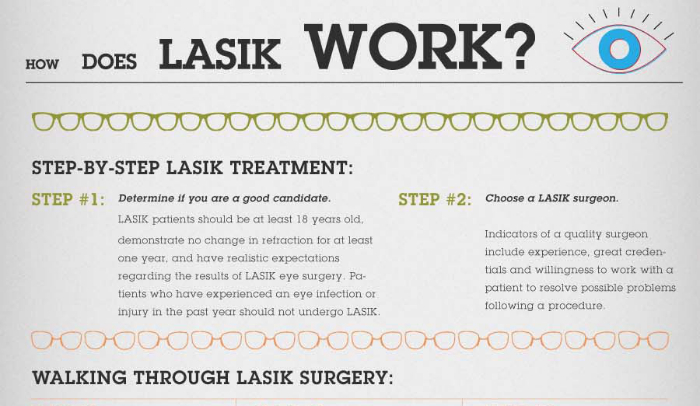A Comprehensive Overview To Refractive Lens Exchange: Information Commonly Neglected By Your Eye Doctor
A Comprehensive Overview To Refractive Lens Exchange: Information Commonly Neglected By Your Eye Doctor
Blog Article
Created By-Blackwell Dunlap
Have you ever considered Refractive Lens Exchange (RLE) as an option for vision adjustment? While it isn't as widely talked about as LASIK, RLE could be a game-changer for your vision. Many individuals forget its advantages, thinking traditional techniques are their only choice. However what are the real advantages, and what might your eye doctor not be telling you concerning this treatment? Allow's check out the ins and outs of RLE with each other.
Understanding Refractive Lens Exchange: The Fundamentals
Refractive lens exchange (RLE) is a procedure that can considerably enhance your vision, particularly if you're dealing with presbyopia or serious refractive mistakes.
During RLE, your eye surgeon eliminates your eye's all-natural lens and replaces it with a fabricated one customized to your vision needs. This treatment can remedy nearsightedness, farsightedness, and astigmatism, giving you clearer vision without depending on glasses or call lenses.
The surgical treatment is normally quick, taking less than an hour, and the majority of patients experience very little discomfort. Recuperation is fairly quick, permitting you to go back to your day-to-day activities quickly after.
If you're considering RLE, consulting with your eye doctor can assist you establish if it's the appropriate choice for you.
Key Distinctions In Between RLE and Typical Cataract Surgical Procedure
While both refractive lens exchange (RLE) and typical cataract surgical treatment involve changing the eye's all-natural lens, their main goals and individual accounts differ substantially.
RLE is aimed at individuals seeking to decrease their dependancy on glasses or contact lenses because of refractive errors, typically before cataracts establish. On the other hand, conventional cataract surgical procedure usually targets clients who've developed cataracts, which cloud the lens and harm vision.
The lenses used in RLE can give a broader range of vision modification, while conventional cataract surgical treatment usually entails basic monofocal lenses.
Furthermore, RLE candidates are often younger and in good overall health and wellness, whereas cataract clients may be older and have other health problems.
Selecting the right treatment relies on your particular vision demands and scenarios.
Potential Benefits and Factors To Consider of RLE
If you're thinking about refractive lens exchange (RLE), you'll locate a number of prospective benefits that might improve your lifestyle.
RLE can offer you with clearer vision, decreasing or eliminating the need for glasses or contact lenses. It provides a possibility to resolve presbyopia and other refractive errors all at once, commonly enhancing your total visual acuity.
In addition, RLE can be an excellent choice if you're not an appropriate prospect for LASIK. Nonetheless, it is essential to weigh the factors to consider, like the cost, potential threats, and the healing duration.
Discussing your details needs with your optometrist can help you make an educated choice, guaranteeing you select the best course for your vision adjustment.
Verdict
Finally, refractive lens exchange uses a distinct service for vision correction that surpasses what LASIK can offer. It's important to evaluate the benefits versus potential dangers and expenses prior to making a decision. Don't be reluctant to ask your ophthalmologist the challenging inquiries to ensure you totally understand the treatment and its effects for your vision. With the appropriate information, you can with confidence choose the best alternative for your eyes and way of living.
